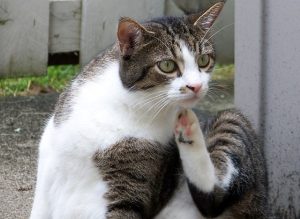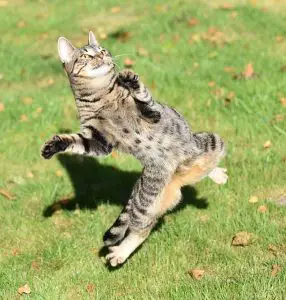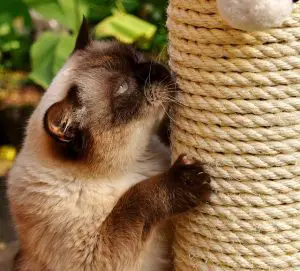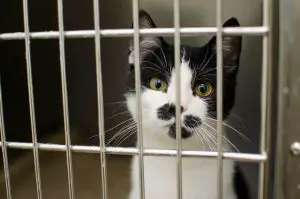
Mastering Cat Socialization: A Fienne Friendships
Introduction
Any feline aficionado knows that cats can have a reputation for being aloof and independent. However, every cat owner also knows the joy of a happy and social cat. So, how do we bridge the gap between these two sides? The answer lies in understanding and mastering the art of cat socialization. This comprehensive guide sheds light on cat socialization, offering practical steps to cultivate feline friendships.
Understanding Cat Socialization
Before delving into the practical aspect of cat socialization, it’s crucial to understand what this term means. Cat socialization refers to the process through which a cat learns to interact positively with humans and other animals. This process, best started during the so-called ‘sensitive period’ of 2 to 7 weeks old, sets the foundation for your feline friends’ social behavior.
Socialization with Humans
It’s vital to understand how to socialize a cat with humans. Gentle handling and interaction during their early weeks and months can help foster trust and affection in cats towards humans. Regular petting, playing and positive reinforcement can endear you to your feline, encouraging comfort and sociability.
Socialization with Other Cats
If your goal is to maintain a multi-cat household, mastering cat-to-cat socialization is key. Just like humans, each cat comes with a unique personality; some may be outgoing and sociable, while others may be more wary or independent. Socializing cats with each other starts with a slow, careful introduction process and requires patient, gradual acclimatization.
The Process of Cat Socialization
Creating Positive Experiences
To create social cats, pair interaction with positive experiences. This could mean giving a treat after a petting session or playtime with another cat. Soon, your feline will learn to associate these experiences with pleasure and enjoyment, encouraging friendliness and sociability.
Use of Pheromone Diffusers
Pheromone diffusers imitate the “friendly” markers cats leave when they rub their faces against furniture or humans, creating a sense of familiarity and safety. Using these in multi-cat households can help ease tension and make socialization smoother.
Common Challenges of Cat Socialization
Fear and Anxiety
Remember, anxiety can hinder cat socialization. Dealing with a scared cat takes time and a tranquil approach. Provide hideaways like boxes or cat trees to make them feel safer while gradually increasing their exposure to humans and other pets.
Aggression
Aggression often results from stark territorial nature inherent in cats. In such cases, using a combination of the comfortable territory technique and positive reinforcement can often work wonders.
Conclusion
Mastering cat socialization is a journey that can vary from cat to cat. Nevertheless, patience, a positive approach, and commitment can ease this process and pave the way for harmonious and affectionate relations between you, your feline companions, and their furry peers. So, embrace these steps to cultivate a well-rounded feline social life and give your cat the social stimulation they need and deserve.
Remember
While this guide offers a comprehensive understanding of cat socialization, it’s essential to remember that, like humans, every cat is unique, and there is no one-size-fits-all solution. Understanding your cat’s personality and adjusting accordingly is key to a successful and fruitful socialization process.
Tags: #CatSocialization, #FelineFriendship, #PetCare, #Cats







